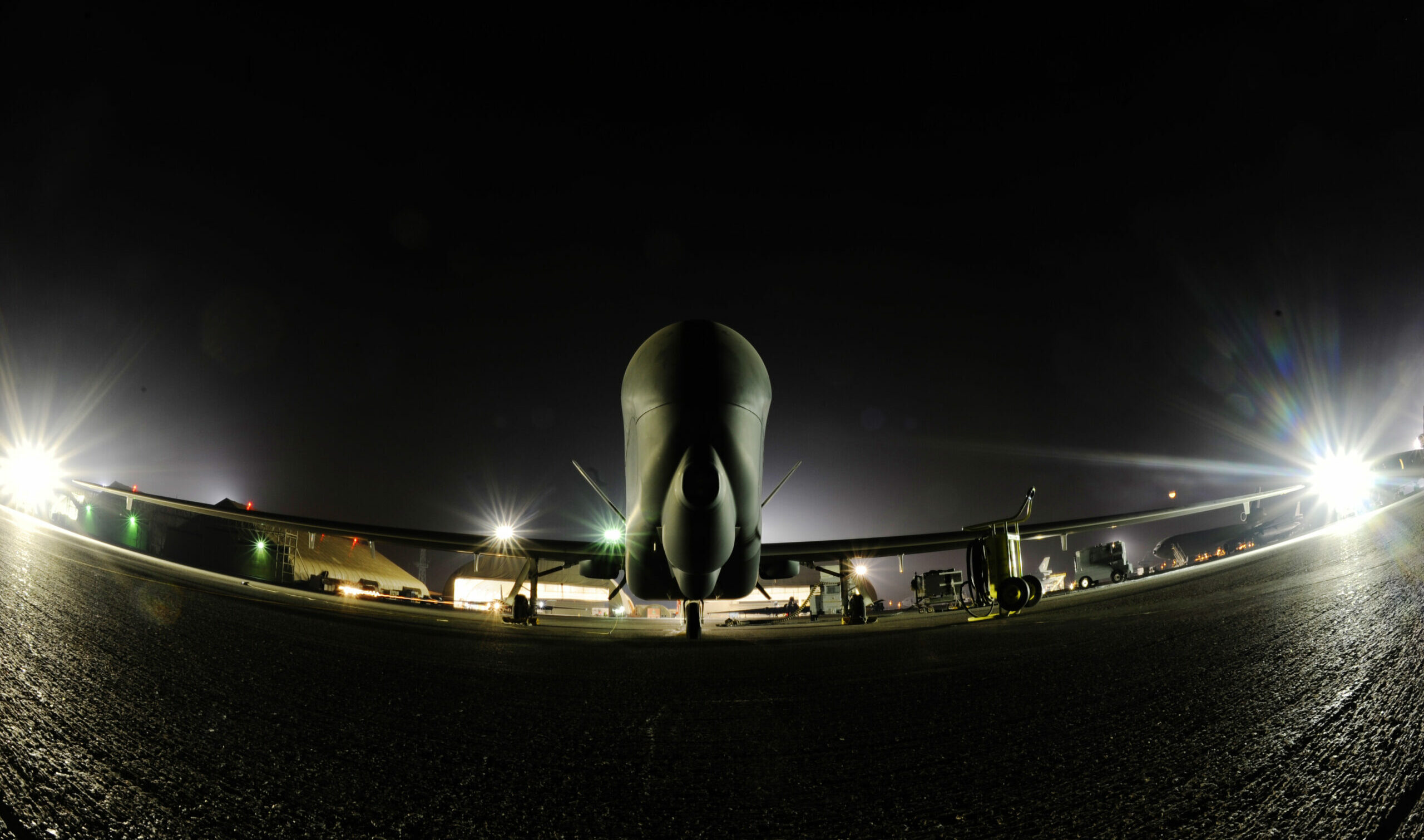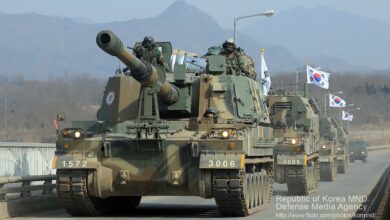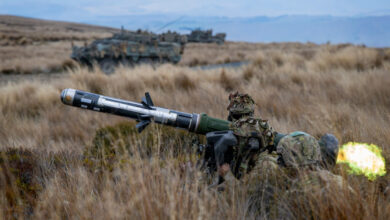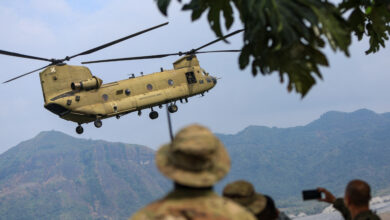The US military will need to invest in longer-range drones to effectively counter a potential Chinese invasion of Taiwan, a DC-based think tank has claimed.
The Center for a New American Security (CNAS), which has been tracking developments in the island nation, said Beijing is positioned to take advantage of its large fleet of drones to quickly gain the upper hand in case of an armed conflict.
This is why the US and Taipei should immediately close the gap by purchasing sufficient quantities of “good enough” long-range drones to develop a layered defense.
These drones should be a mix of higher-end and cheaper systems to support missions in highly-contested airspace and enable quick replacement for those that will inevitably be lost, according to the report.
Furthermore, there must also be autonomous kamikaze drones in the fleet to attack Chinese warships and potentially overwhelm enemy air defenses.
The US military operates exquisite unmanned assets, such as the MQ-9 Reaper with a range of 1,150 miles (1,850 kilometers) and the RQ-4 Global Hawk, which can fly up to 14,155 miles (22,779 kilometers).
Not a Fair Fight?
Stacie Pettyjohn, CNAS defense director and one of the authors of the report, has expressed doubts about the potential war being a fair fight.
She said China has more drones than the US and can manufacture cheaper ones, allowing it to rapidly deploy more in a conflict.
Washington also reportedly faces a clear disadvantage: how to successfully deploy and operate drones in Taiwan from bases hundreds of miles away.
“I don’t know if it’s going to be a fair fight,” Pettyjohn stressed. “There are a lot of things that are stacked up against the US when it’s playing an away game… But I think the US can do a lot of things to level the playing field somewhat.”
‘Not Enough’
The report argued that US investments in drone technologies may not be enough to overcome China’s advantage.
Its current slate of drones also does not suit a China fight, according to CNAS.
The report urged Taiwan to do its part by investing heavily in its own fleet of uncrewed capabilities to defend itself, considering that US forces may not get into the theater quickly after a war begins.
China views the small island nation as its renegade province, with which it must be reunited “by force, if necessary.”
US intelligence reports indicate that the Asian military superpower is now on track to a full-scale invasion of Taiwan by 2027.












